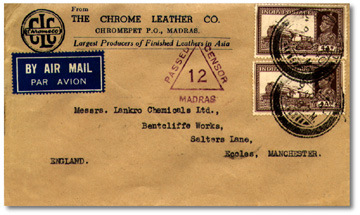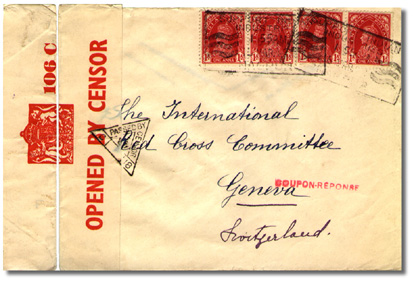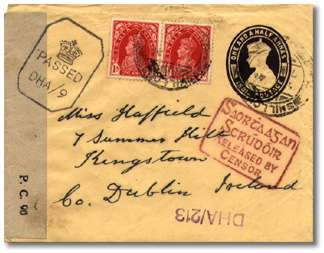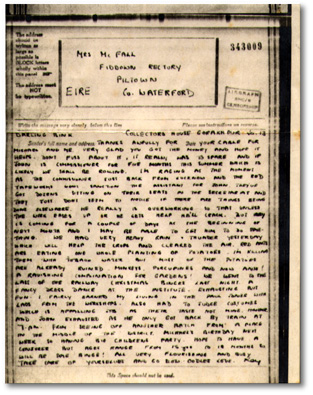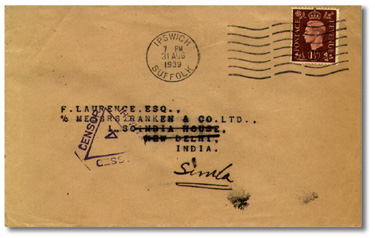
1939 from England
Ipswich, England, 31 August, 1939, to India.
Violet triangle 'PASSED / CENSOR / 4 / KARACHI' (type 1B1) on this cover is a very early example of censorship in India.
Paid at surface rate, arrived at Karachi for censorship, forwarded to New Delhi and redirected to Simla.
10 September 1939 arrival handstamp on reverse is good indicator this cover might have been flown and did not go by surface in this short a time.
